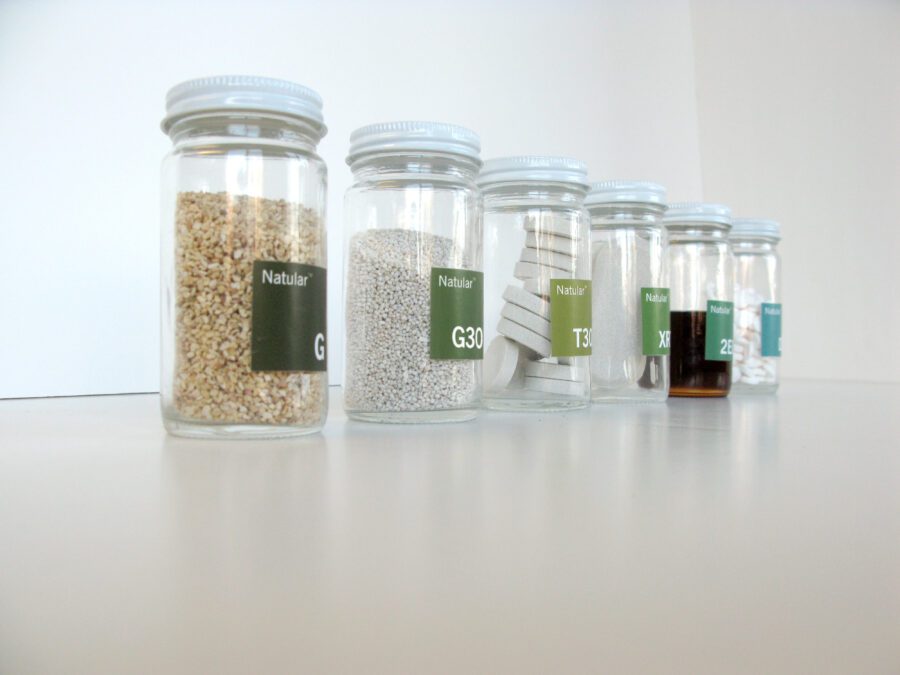The Story of Natular


In 2002, Clarke set out on a journey to create a green larvicide from concept to market. We began by working with spinosad, a Dow AgroSciences (DAS) active ingredient that is a fermentation product of bacteria first discovered in an old rum distillery. It had all the characteristics we wanted for effective, sustainable larvicide. But at that point it had not been formulated to work in water.
Our team of chemists and formulation specialists needed to create formulations from the limited number of approved inerts – those that were OMRI-listed, NOP or EPA List 4 compounds.
The result was six distinct formulations, which were rigorously tested in the field by university researchers and customers who integrated Natular into their programs. These collaborations, our partners at DAS, and through the final proving grounds of salt marshes, catch basins and aerial treatments, helped make Natular the product of the best thinking from across our entire industry.
In June 2010, Clarke earned the 2010 U.S. EPA Presidential Green Chemistry Challenge Award, which recognizes outstanding chemical technologies that incorporate the principles of green chemistry into chemical design, manufacture, and use, and that have been or can be utilized by industry in achieving their pollution prevention goals.
The original lofty goal in 2002 has inspired six formulations of Natular suitable for every larviciding habitat. And it continues our goal of demonstrating sustainability and stewardship, as Natular is 15 times less toxic than the organophosphate alternative and can be applied at use rates 2 to 10 times lower than traditional synthetic chemistries.
Fewer synthetics, less toxicity. That’s what green chemistry is all about. And at Clarke, we’re committed to innovations like Natular – a real-world example of how taking on what may seem to be an impossible challenge can lead to something better.